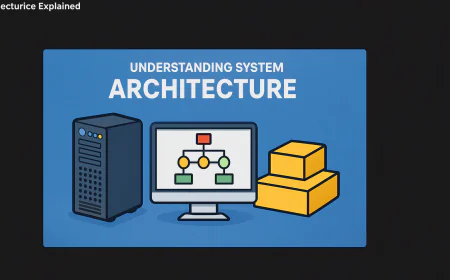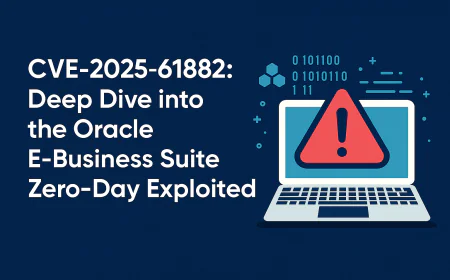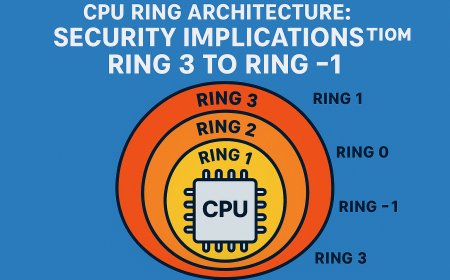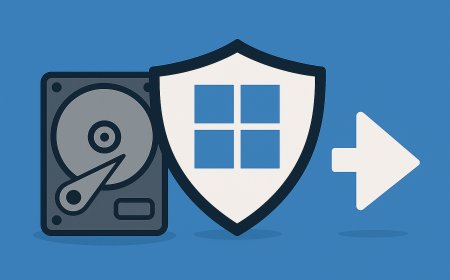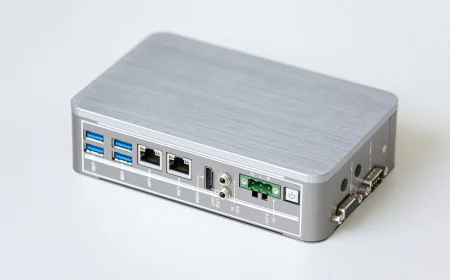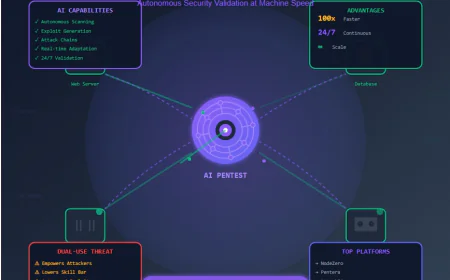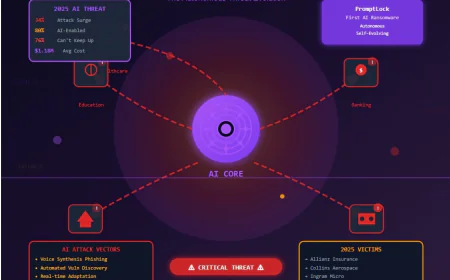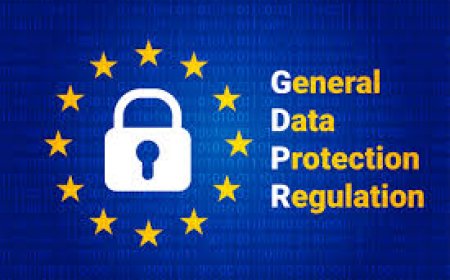ISO/IEC 27001 AND ISMS
ISO/IEC 27001 is an international standard for establishing , implementing , maintaining and continually improving an "Information Security Management System"(ISMS).

Key Definition
ISO : International Organization for Standardization.
IEC : International Electrotechnical Commission.
Asset : Anything that has value to the organization (e.g. data, hardware, software, people).
Threat : A potential cause of an unwanted incident (e.g. malware, hackers, natural disasters).
Vulnerability : A weakness that can be exploited by a threat (e.g. unpatched software).
Risk : The potential impact of a threat exploiting a vulnerability. Typically measured by likelihood and impact.
Risk Assessment : The process of identifying, analyzing, and evaluating risks.
Risk Treatment : Deciding how to manage identified risks (e.g. reduce, accept, avoid, transfer).
Control (or Safeguard) : A measure to reduce information security risks (e.g. access control, encryption).
Information Security Policy : A high-level document outlining the organization’s approach to information security.
Confidentiality : Ensuring that information is accessible only to authorized persons.
Integrity: Ensuring the accuracy and completeness of information.
Availability : Ensuring that authorized users have access to information when needed.
Scope : The boundaries of the ISMS — what systems, departments, or locations are covered.
Interested Parties : Stakeholders affected by the ISMS (e.g. customers, regulators, employees).
Statement of Applicability (SoA) : A list of all ISO 27001 controls, stating which are applicable and why.
Nonconformity : A deviation from ISMS requirements or standards.
Corrective Action : Steps taken to eliminate the causes of nonconformities.
Audit : A systematic evaluation to check whether the ISMS meets requirements.
Incident : A single or series of unwanted or unexpected information security events.
Continual Improvement : Ongoing efforts to improve the ISMS effectiveness over time.
Annex A: A list of controls that organizations should consider when designing their ISMS.
Plan-Do-Check-Act (PDCA) cycle: A framework for continual improvement, representing the stages of planning the ISMS, implementing the plan, evaluating its performance, and taking corrective action.
Nonconformity: A failure to meet a requirement of the standard. This is identified during an audit
ISO/IEC 27001 provide a comprehensive framework to help organization of any size and Industry to protect their information , manage risk effectively and build a culture of security.
The fundamental objective of an ISO27001 - Compliant ISMS is to protect CIA Triad of an organization.
CIA Triad
C : Confidentiality
I : Integrity
A : Availability
How the ISO 27001 framework works
Instead of prescribing specific technologies, ISO 27001 provides a flexible, risk-based methodology
- Risk assessment: Organizations must systematically identify potential threats and vulnerabilities to their information assets and evaluate their impact and likelihood.
- Risk treatment: Based on the risk assessment, organizations implement a suite of controls, or safeguards, to manage risks that are deemed unacceptable.
- Controls (Annex A): Annex A of the standard provides a reference list of 93 controls (in the 2022 version) across four key themes: Organizational, People, Physical, and Technological. Companies select the controls relevant to their specific risks and justify their choices in a Statement of Applicability (SoA).
- Continual improvement: The ISMS is not a one-time process. It follows a Plan-Do-Check-Act (PDCA) cycle to ensure continuous monitoring, measurement, and enhancement of security controls to adapt to evolving risks.
The current Version of ISO/IEC 27001 :2022 which was published in october 2022. It Annex A is reference list of 93 security controls that an organization choose from when implementing ISMS.These controls are organixed into 4 key themes
4 Key themes of ISO 27001 Controls
Organizational (37 Controls)
These controls focuses on governance , policies , and procedures.
- Information security policies : Establishing a framework for managing information security.
- Information security roles and responsibility : Assigining and communicating security roles throughout the organization.
- Threat intelligence: Collecting and analyzing information on emerging threats to enhance preparedness.
- Supplier relationships: Ensuring third-party vendors and partners comply with your security policies.
- Information security for cloud services: Establishing security measures for managing cloud-based applications and data.
- Legal, regulatory, and contractual compliance: Adhering to relevant laws and obligations, such as data protection regulations.
People (8 controls)
These controls address the human elements of information security
- Screening: Conducting background checks during the hiring process.
- Security awareness, education, and training: Providing employees with regular training on security best practices.
- Confidentiality or non-disclosure agreements: Ensuring employees and contractors are legally bound to protect sensitive information.
- Remote working: Implementing policies and controls to secure remote work environments.
- Disciplinary process: Defining formal consequences for security policy violations.
Physical (14 controls)
These controls protects the organization's physical assets and environments from unauthorized access, damage, or interference.
- Physical security perimeters: Implementing barriers like fences and gates to restrict access to facilities.
- Physical entry controls: Using access control systems, such as key cards and biometric scanners, for sensitive areas.
- Securing offices, rooms, and facilities: Protecting critical areas with measures like locks and alarms.
- Clear desk and clear screen policy: Ensuring sensitive information and equipment are secured when not in use.
- Secure disposal or re-use of equipment: Preventing the unauthorized retrieval of data from disposed assets
Technological (34 Controls)
These controls focus on securing the organization's digital environment.
- User endpoint protection: Securing devices like laptops and smartphones with encryption and antivirus software.
- Secure authentication: Implementing robust authentication mechanisms like Multi-Factor Authentication (MFA).
- Data encryption: Applying cryptography to protect data both at rest and in transit.
- Configuration management: Defining and enforcing secure configurations for systems and applications.
- Logging and monitoring: Using tools to track and analyze security events.
- Secure coding: Promoting secure coding practices in software development to prevent vulnerabilities.
ISO 27001 Certification is a document issued by an accreditation body after audit that confirms that organiation's ISMS meet all the requirement under ISO 27001.
Mandatory requirement to achieve an ISO 27001 Certificate.
- The implementation of ISMS frequent risk assessment.
- The development of security policies and procedures.
- Carrying out risk management process.
- Timely reviews of ISMS effectiveness.
Information Security Management System (ISMS)
An ISMS is a structured framework of policies , procedures and controls that systematically manages information risk to ensure data security , confidentiality , integrity and aviailability.
Importance of Implementing ISMS
- Enhance security posture.
- Enable continous compliance.
- Reduce risk exposer.
- Build trust with stakeholders.
Steps to Implement ISMS
Plan Phase
- Secure management support : Obtain a formal commitment from top management, including providing the necessary budget, resources, and leadership for the ISMS project.
- Define the ISMS scope: Determine the boundaries of the ISMS by identifying which departments, locations, business processes, and information assets are to be included. This makes the project manageable and focused.
- Establish context and stakeholders : Define the organization's internal and external context, as well as the needs and expectations of relevant interested parties like customers, regulators, and partners.
- Create an information security policy : Develop a top-level policy document that states management's commitment and sets the overall objectives and direction for information security.
- Define the risk management approach : Establish a systematic methodology for identifying, assessing, and treating risks to information assets, including criteria for risk acceptance.
- Perform a risk assessment : Identify potential threats and vulnerabilities to your information assets within the defined scope. Analyze and evaluate the likelihood and impact of these risks.
- Prepare the Statement of Applicability (SoA) : This is a key document that lists the controls from the chosen framework (such as Annex A of ISO 27001) that are relevant to your organization. It also justifies the inclusion or exclusion of each control.
Do phase
- Implement selected controls : Put the technical, physical, and administrative security controls identified in your risk treatment plan into action. This may involve software and hardware changes, access control updates, and other security measures.
- Write supporting documentation : Formalize the procedures and guidelines for how your ISMS will operate, including policies for access control, incident management, and data handling.
- Conduct training and awareness : Train all employees on security policies and procedures to ensure they understand their responsibilities in protecting information. Human factors are critical to a successful ISMS.
- Monitor and measure performance : Track metrics and use logging and reports to verify that security controls are operating effectively and that ISMS objectives are being met.
- Perform internal audits : Schedule regular, independent internal audits to assess the performance of your ISMS and identify any gaps or non-conformities.
- Conduct a management review : Senior management must periodically review the ISMS's performance, considering audit results and other metrics, to ensure its continued suitability and effectiveness.
- Take corrective actions : Address any non-conformities or areas for improvement identified during audits and reviews. Learn from security incidents to prevent their recurrence.
- Continuously improve : Repeat the PDCA cycle to keep the ISMS up-to-date with evolving threats, technologies, and business needs.
Steps to get ISO 27001 Certified
Phase 1 : Establish Information Security Management System (ISMS)
- Secure management commitment : Obtain full buy-in leadership . Their support is crucial for allocating the necessary time, budget for the project.
- Define the scope of your ISMS :Clearly outline which area of organization - including specific location , department , systems and information assets will be covered by the certification.
- Conduct a risk assessment : Use a formal methodology to identify threats and vulnerabilities related to information assets within your scope. Analyze each risk based on its potential impact and likelihood.
- Develop a risk treatment plan (RTP) :In SoA documents which security control from Annex A of the ISO 27001 - Standard you will implement for any control you exclude you will have to provide justification.
- Implement Control and Policies : Put the new secutiy controls and procedures into practice. This involves creating and documenting formal policies for area like access control , physical security and incisent mamagement.
- Run an Employment training program : Implement a plan to educate all employees on information security policies.
Phase 2 : Auditing for Certification
- Perform an internal audit : Before external certification audit , have an independent and competent person from within your organization or an external consultant to conduct an internal review of your ISMS . This will identify any potential gaps or non-conformities.
- Select an accredited Certification body : Choose an independent third - party audit that is accredited by a national authority.
- Undergo the stage 1 audit (Documentation Review) : The external auditor will review your ISMS documentation including scope , statement of applicability (SoA) and risk treatment plan.
- Complete the stage 2 audit (Main certification audit) : After addressing all non-comformities from stage 1 . The auditor will perform a more detailed On-site or remote assessment and will verify policies and controls are fully functional and operating effectively.
- Recive Certification : If your auditor is satisfied that your ISMS meet all ISO 27001 requirment they will recommend you for a certification.
Phase 3 : Maintain and Improve
- Undergo annual surveillance audit
- Conduct a rectification audit
- Practice continual improvement.
